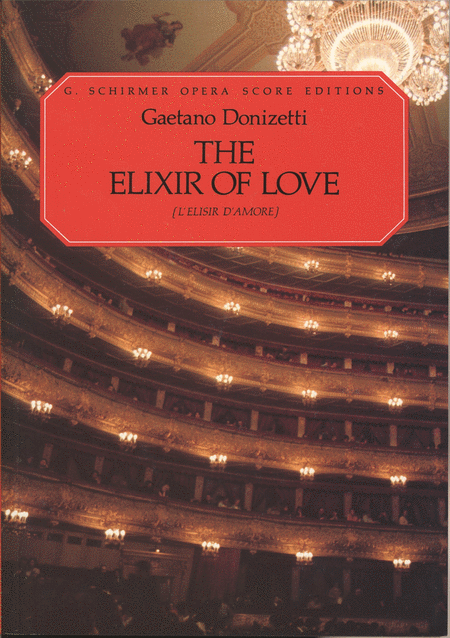Gaetano Donizetti (1797 - 1848)

Domenico Gaetano Maria Donizetti (29 November 1797 ? 8 April 1848) was an Italian composer from Bergamo, Lombardy. Donizetti's most famous work is Lucia di Lammermoor (1835), and arguably his most immediately recognizable piece of music is the aria " ... (Read all)
Source : Wikipedia

Domenico Gaetano Maria Donizetti (29 November 1797 ? 8 April 1848) was an Italian composer from Bergamo, Lombardy. Donizetti's most famous work is Lucia di Lammermoor (1835), and arguably his most immediately recognizable piece of music is the aria " ... (Read all)
Source : Wikipedia
Free sheet music of Gaetano DonizettiL'elisir d'amore
13 sheets found sorted by:
Search
| ||||||||||||||||||||||||||||||
© 2000 - 2024
Home - New releases - Composers
Legal notice - Full version




























